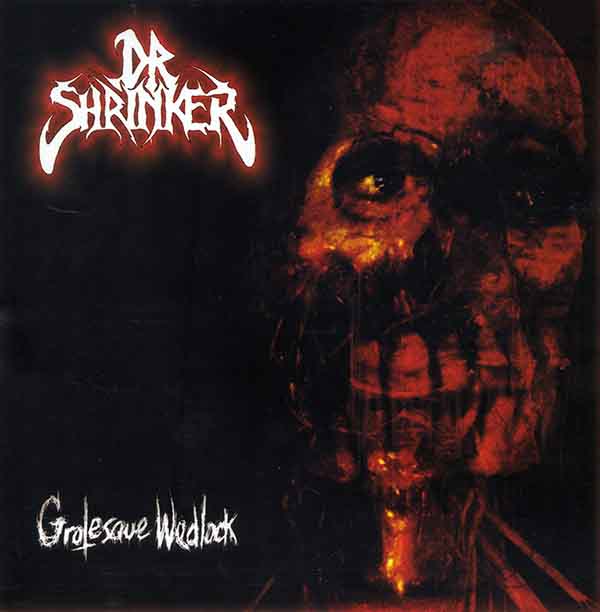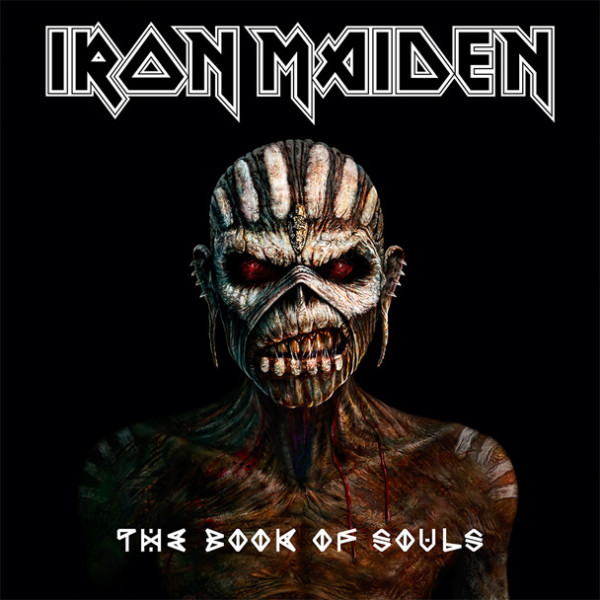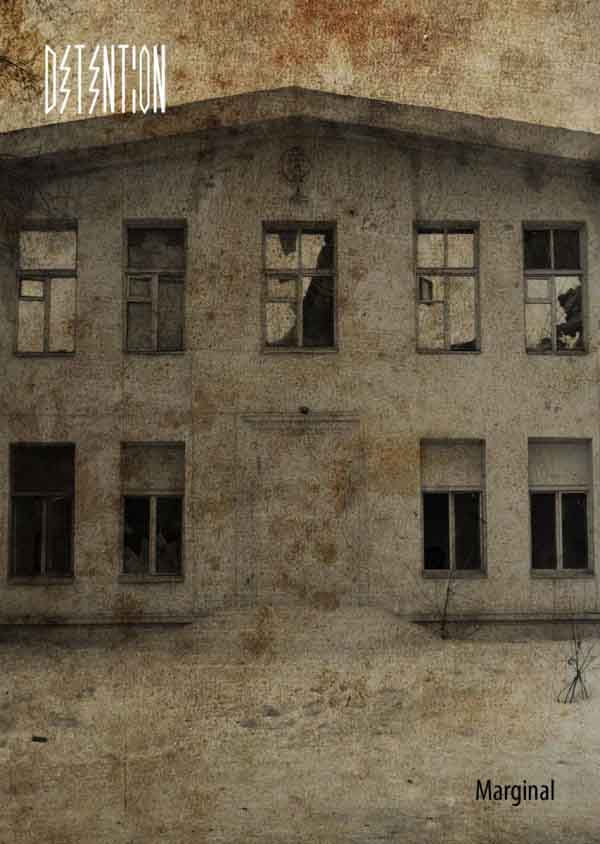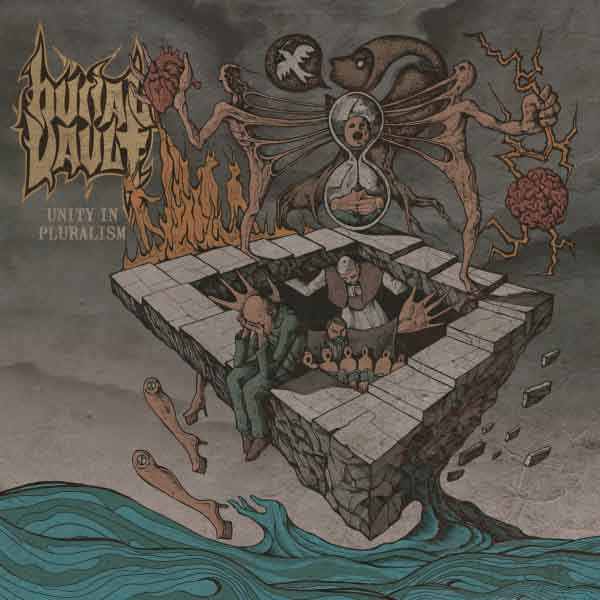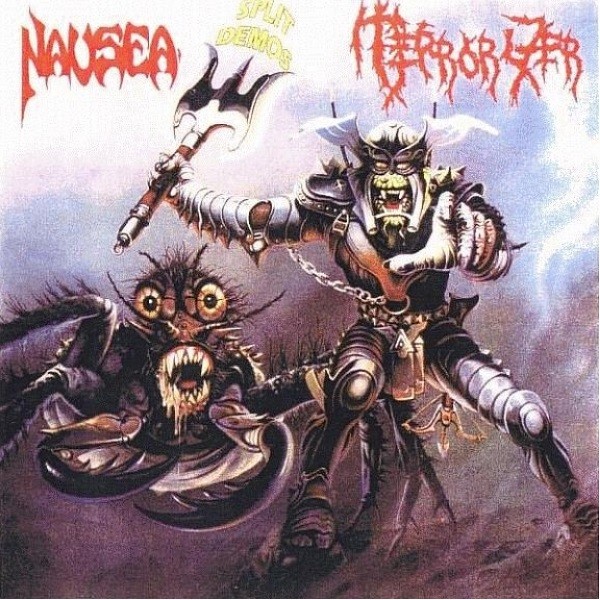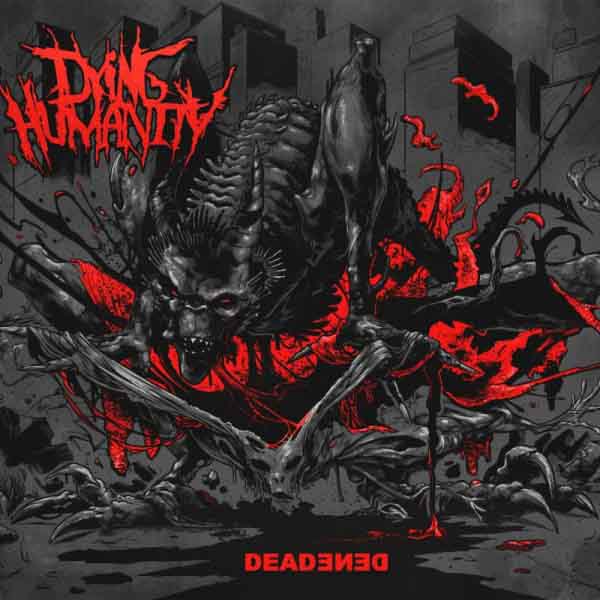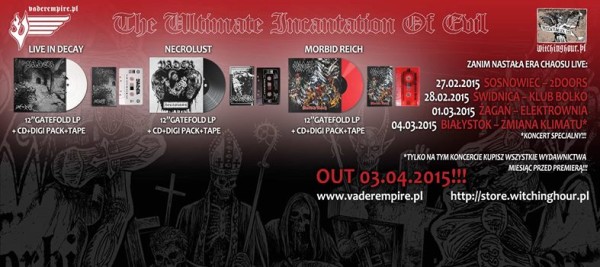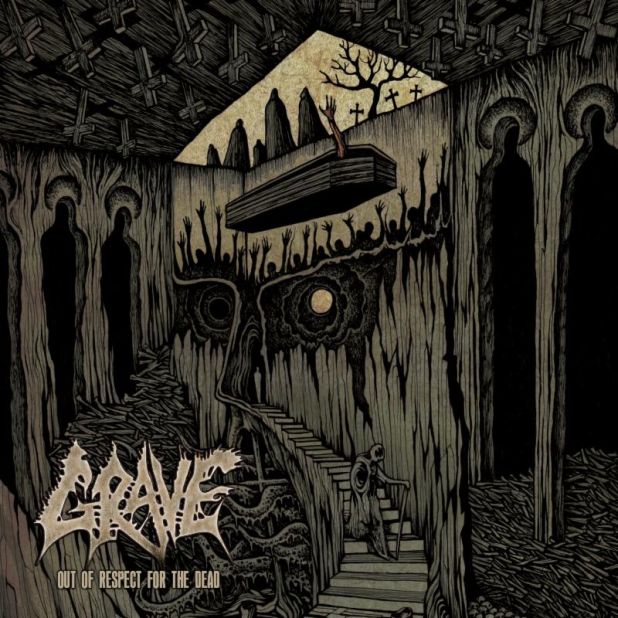
As a death metal listener, I always ended up favoring the more melodic, complex substyles as exemplified by the work of bands like At The Gates and Necrophobic. Grave isn’t those, never was them, and probably will never will be. I can’t really fault them for their lack of ambition, but the impression I derived from previews of this album’s tracks seems generally accurate. Out of Respect for the Dead is an adequate recording, considering that it’s a retread of a basic style with few detours into others, but the aforementioned lack of ambition makes it difficult to appreciate the expertise Grave displays in their small niche.
As a deathpop album, this succeeds and fires on more cylinders than much of the other deathpop I’ve listened to in recent months. The song structures, while generally basic and reliably verse/chorus, show some expertise in hiding it through simple techniques like varying up the bridges and not forcing the vocalist to repeat the title of the song every 15 seconds. Furthermore, Grave tends to shove their most memorable riffs towards the beginning of each track; while this is a compositional limitation to be overcome, it’s a good idea from a commercial stance since it’ll at least recapture the attention of audience members whose interest might end up fading otherwise. Other hooks are carefully sprinkled throughout the tracks – the occasional “big” riff combined with some skilled use of tempo and texture shifts helps to maintain a basic level of musicality and memorability throughout the album. The product remains simple and accessible enough in spite of its consistent death metal aesthetic; and thusly Grave is guaranteed to sell albums, although I don’t know how much money they’re actually making off their musical legacy since the death metal niche is still not particularly large.
These successes are assuredly not enough to push Grave to the top of the Swedeath pile. They’ve clearly practiced their style to the point that it’s probably trivial for them to pump out a new album semi-regularly. However, most of the strong points of these songs merely make me wish that Out of Respect for the Dead was more ambitious in its songwriting. A failure in that regard is arguably more noble than a lack of effort, although from a philosophical stance that’s not a debate of particular importance or merit, especially when other bands have succeeded. If you absolutely need ultra-basic death metal in the Swedish vein, though, this will probably satisfy your needs.
6 CommentsTags: 2015, death metal, deathpop, grave, out of respect for the dead, Swedeath
